Thai Ammavasai
Ammavasai, also known as Amavasya, is a new moon day in the Hindu lunar calendar. It occurs every month, marking the end of the lunar month. Many Hindus perform rituals and ceremonies on Ammavasai to honor their ancestors and seek blessings.
Of all the Ammavasai that occur in a year these three are most important. Thai Amavasya, Aadi Amavasya and Mahalaya Amavasya .
As per the Tamil calendar, Thai Amavasya is observed as the no moon day in the month of Thai. It is dedicated to the departed souls, parents, siblings, relatives and ancestors. It will be celebrated on Friday, February 9, 2024. Special prayers, shraadh, tarpan, other rituals and offerings are made on this day.
This is considered a highly auspicious day to offer rituals and worship to the departed souls. important aspect of Thai Amavasya are thithi, Tarpanam, tila homam and pinda danam.
Especially in places like Kanyakumari and Rameshwaram in Tamilnadu and Triveni Sngamam, Haridwar and other famous Ghats in the North, there are huge gatherings of devotees to perform worships to their ancestors at the holy waters.
They have the power of influencing our lives. They can bless their descendants from there and enable them enjoy a peaceful, wealthy and healthy life.
Therefore, making offerings to the ancestors through appropriate procedures should never be underestimated.
Why perform shradh and tarpan
Upon departing from the material world due to death, the ancestors reach tr pitruloka and live there for a specific period in their astral
Therefore performing the shradh ceremony regularly can supply them the nourishment they need to live in the pitruloka. Any defaults in this regard invite pitru shap or pitru dosh. Offering panda dan, tila dan and other types of dan for the departed souls on Thai Amavasai as per the right procedure with the help of Vedic pundits can help remedy this condition.
The importance of Thai Amavasai
New moon days known as Amavasai are highly auspicious to interact with the ancestors and seek their blessings.
Especially Thai Amavasai is one among the most beneficial times for this purpose.
Thai Amavasai is a rare occasion to atone for such mishaps and propitiate them once again which can change the life for better.
Shradh ceremonies can be perform literally anywhere depending on convenience.
Learned and experienced pundits can help with the different procedures and guide you to reach out your ancestors the easy way. Especially, it is highly auspicious to perform the Shradh ceremonies at pilgrim sites and in the banks of holy rivers and water bodies earmarked for this purpose.
Therefore on Thai Amavasai a lot of people gather in the famed pilgrim spots to perform the shradh ceremonies.
All the issues related to relationships, wealth and health shall be resolved. The
pitru dosh in the horoscope can be remedied. The blessings of the ancestors can be received for peace and longevity.
The ancestors can be liberated from their curse to continue with their subsequent lives. Unwanted desires can be negated and the kids in the family shall remain good.
Today, ( on 9 th Feb 2024) observing Thai Ammavasai and Thai Velli (Auspicious Friday), I was on a cooking marathon 😁Despite cooking for just the two of us, I was committed to savoring the joy of a traditional elai sapadu 😋While the spread may seem elaborate, only small portions of each was cooked .
I aim to adhere to customs and rituals, especially those related to honoring our pitrus (ancestors).Our lunch menu looked like this :
☘️ginger cucumber curd pachadi
☘️Manga sweet pachadi
☘️Pavakkai gojju
☘️Raw plantain podimas
☘️Cluster beans Thoran
☘️Sweet potatoes stir fry
☘️Podalangai poricha kootu
☘️Cumin pepper rasam
☘️Bonda Mor Kuzhambu
☘️Ulundh vadai
☘️Elaneer payasam
☘️Kothamalli Sadham ( coriander rice )
☘️raw plantain chips
☘️ginger raw mango Pesarel
☘️Curry leaves Pirandai Thogayal
☘️rice , dal , ghee
☘️Curd
How to cook these dishes easily and quickly.
Prep vegetables the night before if mornings are rushed. Prep a batch of tempering in advance before beginning cooking. Estimate the needed cooked dal for all dishes.
Cucumber curd pachadi :
Grate a small cucumber after peeling .
Squeeze out water .
Add to a cup .
Add tiny pinch of salt.
Include a blend of coconut paste with mustard seeds and chilies or pepper.
Set aside a portion of this paste for dishes like kootu and mor kuzhambu that require coconut paste.
Add a small pinch of tempering of the mustard udad dal , that we prepared ahead ( from bulk tempering)
2. manga pachadi
To prepare Mango Pachadi,
dice raw mango and cook it with jaggery until it softens.
In a separate pan, temper mustard seeds, urad dal, red chilies, and curry leaves.
Add this tempering to the mango-jaggery mixture.
Stir well and cook until it reaches a chutney-like consistency.
Enjoy the sweet and tangy Mango Pachadi as a delightful side dish.
3. Pavakkai Gojju ( Bittergourd gojju )
Prepare Pavakkai Gojju (no coconut):
Dice 3-4 small bittergourds, removing seeds, and chop finely.
Heat 2-3 tbsp sesame oil in a kadai, crackle mustard seeds, add split udad dal, sauté till golden, then add curry leaves and chopped bittergourds.
Sauté in oil until they seem to shrivel.
Add 1 cup medium-thick tamarind extract, salt, turmeric powder, asafoetida powder, mix well, and let it cook until it reduces.
Add 2-3 tbsp rasam powder (optional if following ingredient restrictions).
Mix well, add 3 tbsp jaggery powder.
Cover and cook until thickened and glossy. Avoid over-thickening.
Serve as a side dish or with curd rice for a delightful taste featuring strong flavors of podi, tanginess, and sweetness. (Coconut version recipe coming soon.)
4. Raw plantain Thoran :
raw plantain thoran
In a small pan, use minimal water to cook raw plantain pieces.
Add a pinch of salt, ensuring the plantain doesn't become mushy.
Drain water
add 1/2 tsp sesame oil, and toss the plantain.
add partially cooked moong dal, followed by the earlier-prepared curryma podi.
Gently toss and incorporate toasted grated coconut if allowed.
Transfer to a serving plate.
5. For avarakkai or cluster beans Thoran :
For a quick approach, use a pressure cooker with minimal water.
layer avarakkai with a pinch of salt, and give just one whistle.
Release steam immediately to avoid mushiness.
Drain the water and use about 1/4 cup in Milagu rasam if desired.
Alternatively, in a pan with a bit of water, cook avarakkai with salt until it's slightly crunchy.
Add pre-cooked moong dal (about 2 tbsp), curry ma podi, roasted grated coconut, and the previously prepared tempering.
Mix gently and set aside.
6. For Podalangai Poritha Kuzhambu:
In a pan or uruli, place the chopped snakegourd pieces. Add a bit of water for cooking, or use the flash method in a pressure cooker with just 1/4 cup of water, a pinch of salt, and a single whistle (release pressure manually to avoid overcooking).
Add curry ma podi, mix thoroughly, and incorporate the cooked moong dal as needed. If required, add a tablespoon of rice powder mixed with cooked water to thicken.
Garnish with grated roasted coconut and the prepared tempering of mustard seeds, split udad dal, and curry leaves.
Set aside and enjoy.
6. Mor Kuzhambu:
mor kuzhambu
Blend grated coconut, 1 tsp cumin seeds, 1 tsp ginger,
and 2 tbsp rice flour into a smooth paste.
Transfer the paste to a vessel, add water, salt, curry leaves, and 1 tbsp of curry ma podi if more spice and thickening are desired for Mor Kuzhambu.
Gently bring it to a boil, then lower the flame .
add 2 cups of not very sour thick buttermilk or whisked curds.
Add fried Ulundh Bonda just before serving to maintain their texture.
Complete the dish with the prepared tempering of mustard seeds, split udad dal, and curry leaves.
medu vadai / ulundh vadai
Ulundh vadai
Ingredients:
1 cup whole udad dal , set aside some for suzhiyam
1/2 tsp pepper corns
few curry leaves
1 tsp grated ginger
salt
1 tbsp rice flour
Method:
Method:
Drain the water from the soaked dal completely , grind with pinch salt,peppercorns,in a blender or mixie.
It will be a very thick batter and don't be tempted to add water while grinding.
Water should be added only if difficult to grind and in table spoonfuls making sure not to make the batter soft and soggy.
Take out the batter and add the sprigs of curry leaves, add rice flour, beat the batter well till airy , and mix it well with a big spoon to give soft ,light vadas.
You can use either banana leaf or a zip loc bag to shape the vadas. If you dont have banana leaf,take a clean ziploc bag and smear oil on one side. Keep a small bowl of water nearby.
Make your hand little wet and take a small ball of the thick batter and place it on the greased ziploc bag surface and flatten it slightly and make a dent in the middle with the finger.
If you fingers are getting sticky with the batter then lightly dip in the water and quickly shape the vadas. At a time shape enough vadas that you will fry immediately.
Dont let the raw batter of shaped vadas sit on the counter.
Meanwhile keep a kadai/tawa with oil for deep frying.
As soon as the oil is hot enough , ease out the shaped vadas and gently slide into the oil taking care not to make a splash. Drop all the shaped vadas and deep fry til done.
You can check whether the oil is hot enough by dropping a small bit of the batter. It should come up immediately with a sizzle. Fry the vadas on a medium flame as it takes time to cook inside .Flip carefully on other side.
set aside some batter for making small bondas to be added to mor kuzhambu, deep fry all in one batch . drop he round bondas in some warm water, squeeze gently, drop in mor kuzhambu just minutes before serving to prevent sogginess.
Raw plantain chips
Peel raw plantains, or nendran variety , heat oil , slice directly into hot oil by using a hand held slicer, or slice separately on to a paper, drop these in hot oil, drain and keep aside .
sprinkle salt and pepper podi on the fried chips , toss well , and sore in a container till serving .
raw plantain chips
Elaneer payasam
Ingredients
1 big Tender Coconut
1/2 litre Full Cream Milk
1 tin Condensed Milk
Pinch of Cardamom Powder
1/2 cup thick Coconut Milk
Few Cashewnuts and raisins
Method :
Boil milk till reduced to half .
Add condensed milk , stir well ,
Allow to cool .
Break the coconut and keep aside the coconut water .
Scrape the tender flesh .
Blend tender coconut to a purée .
Add the coconut water and mix to the purée
Take a pan , heat it , add 1 tbsp ghee , fry the cashews and raisins .
Add the coconut purée to the cooked milk mixture , add the ghee fried nuts and raisins . Pinch of cardamom powder .
Add the coconut milk too.
Keep this chilled and serve as a chilled desser
Kothamalli sadham ( coriander rice )
recipe for Kothamalli Sadam:
Ingredients:
1 cup ponni raw rice
1 bunch fresh coriander leaves
2-3 green chilies, chopped ( use pepper or red chilies if cooking for ammavasai)
1/2 cup grated coconut
1/2 teaspoon mustard seeds
1/2 teaspoon urad dal (black gram lentils
1/2 teaspoon turmeric powder
Salt to taste
2 tablespoons oil or ghee
Cashews
Curry leaves for garnish
Instructions:
Cook rice and let it cool.
Wash and chop the coriander leaves finely.
In a pan, heat oil or ghee. Add mustard seeds, urad dal, and let them splutter.
Add chilies, and curry leaves.
Add turmeric powder, and grated coconut. Saute for a couple of minutes.
Add the chopped coriander leaves and cook until they wilt.
Mix in the cooked rice gently, ensuring the coriander mixture coats the rice evenly.
Adjust salt according to taste. If you like, you can add roasted cashews for added texture.
Garnish with more fresh coriander leaves and serve hot.


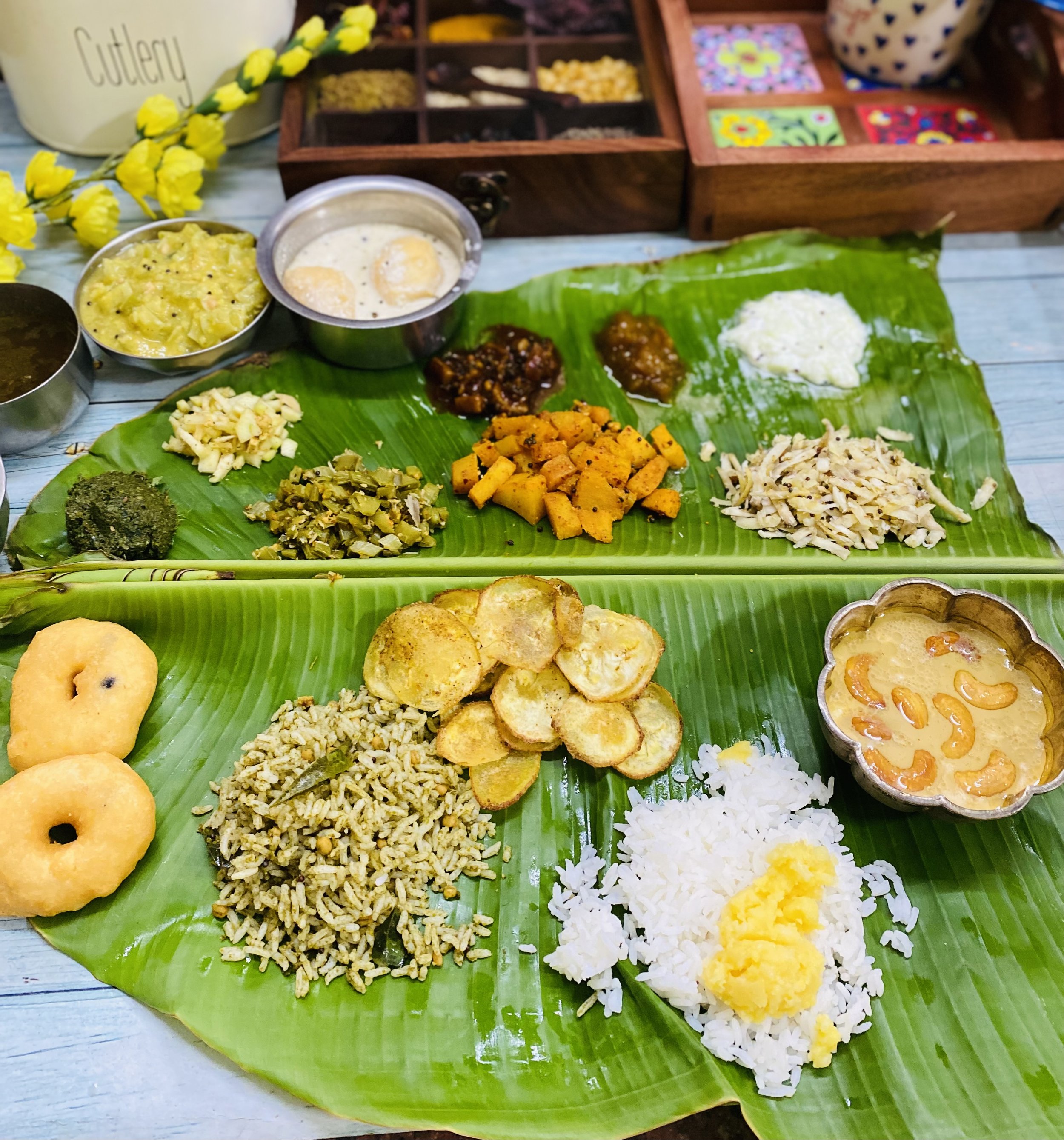








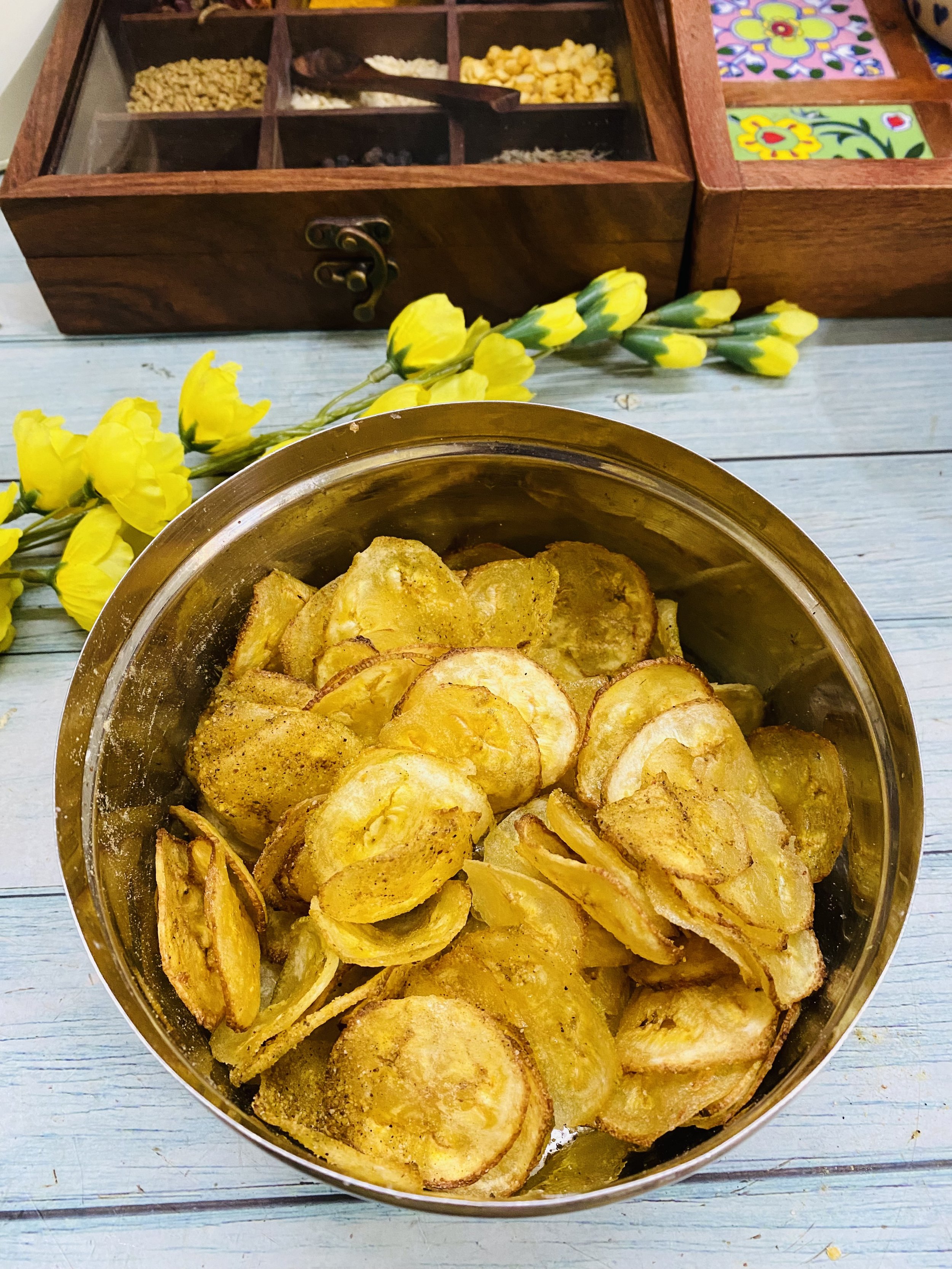


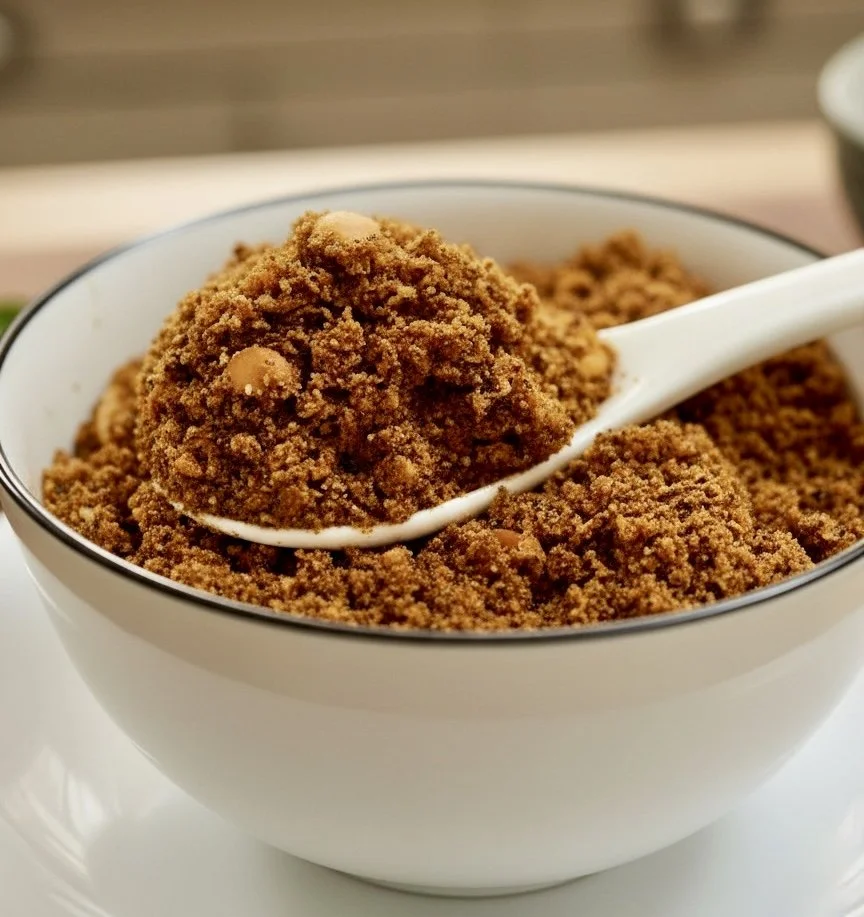

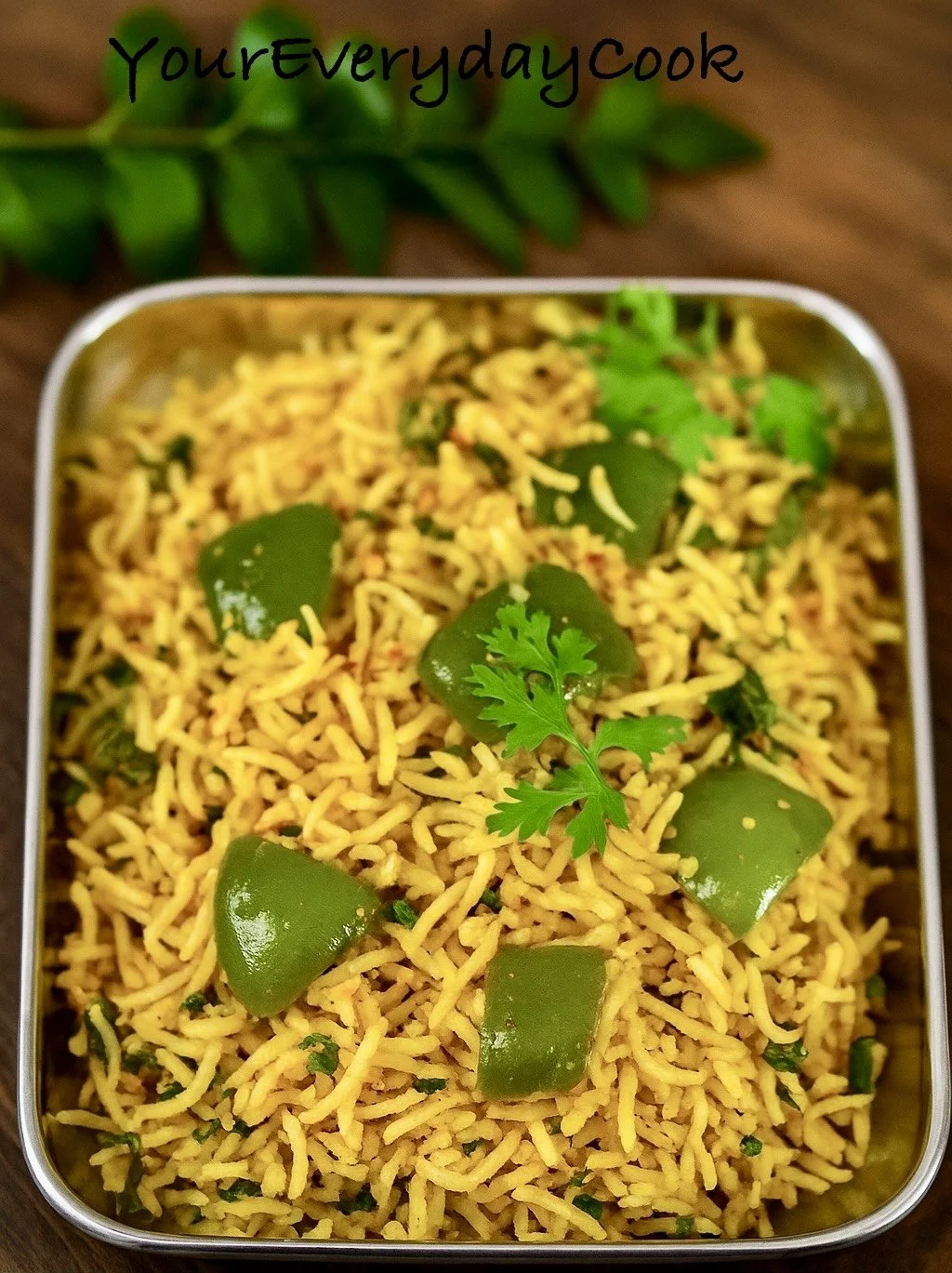
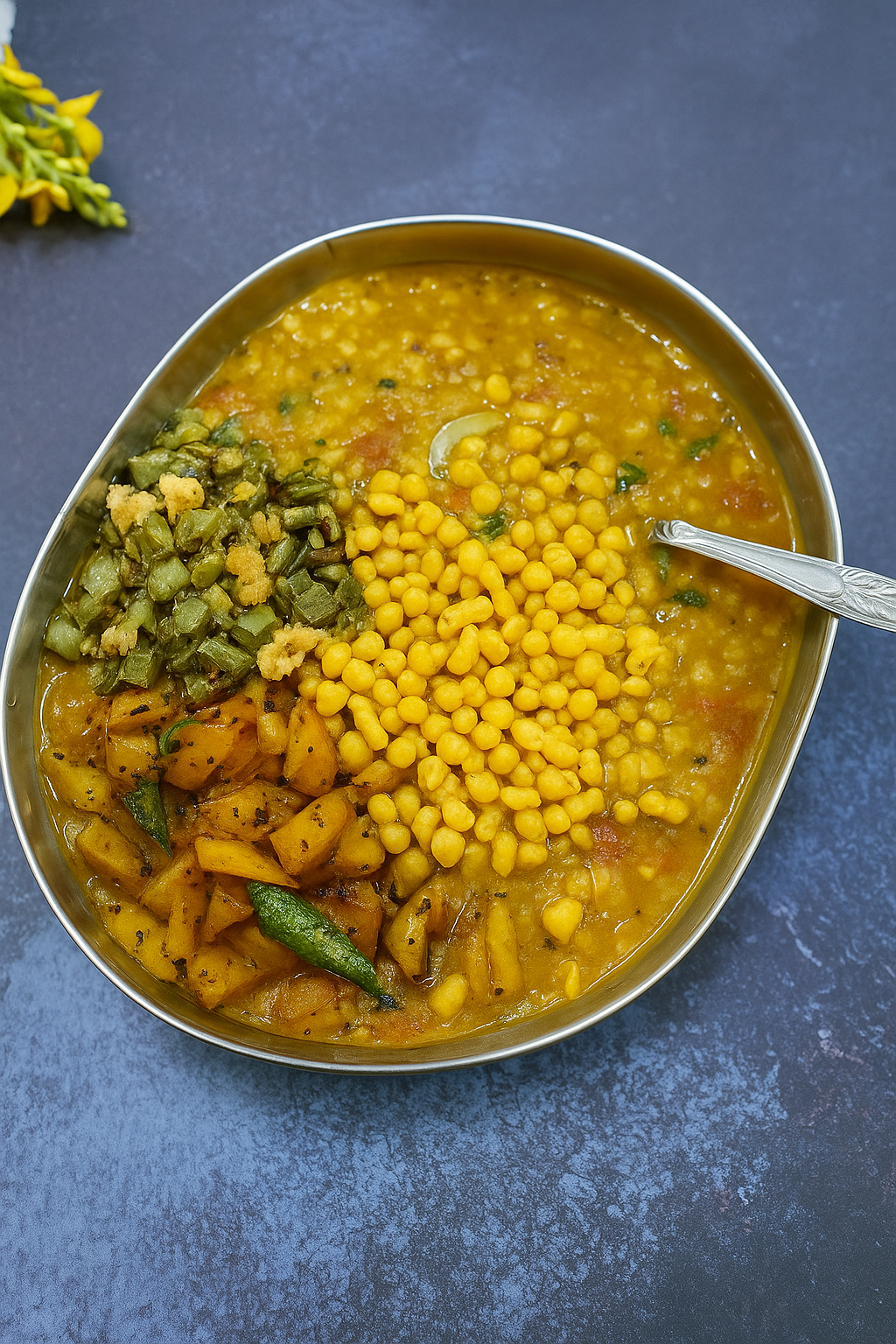

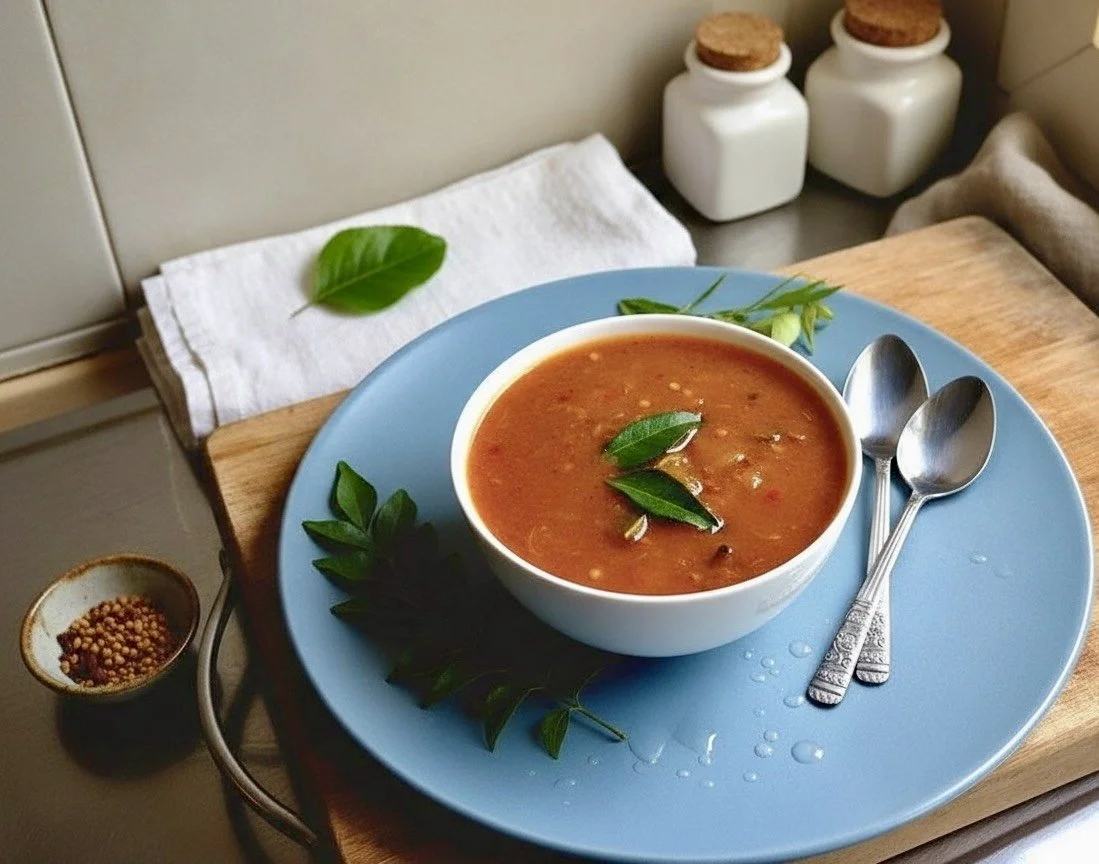

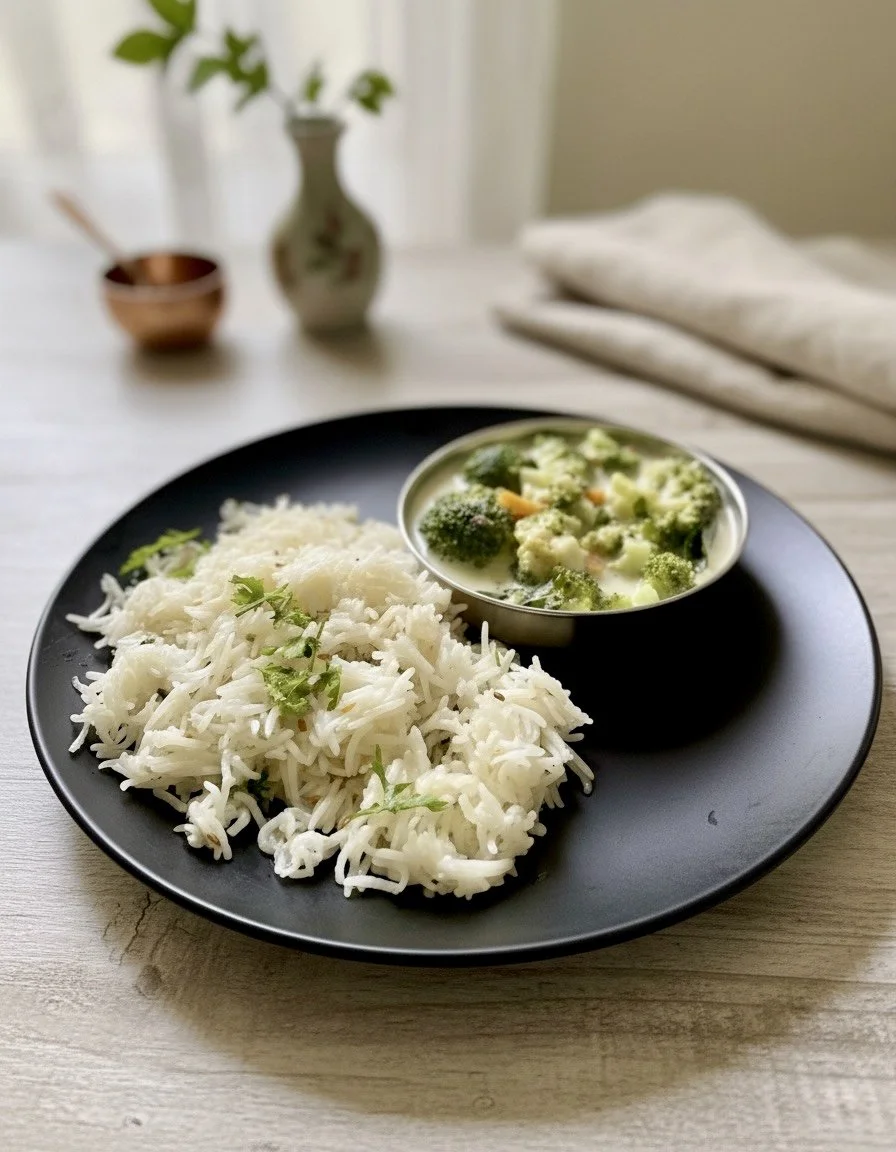
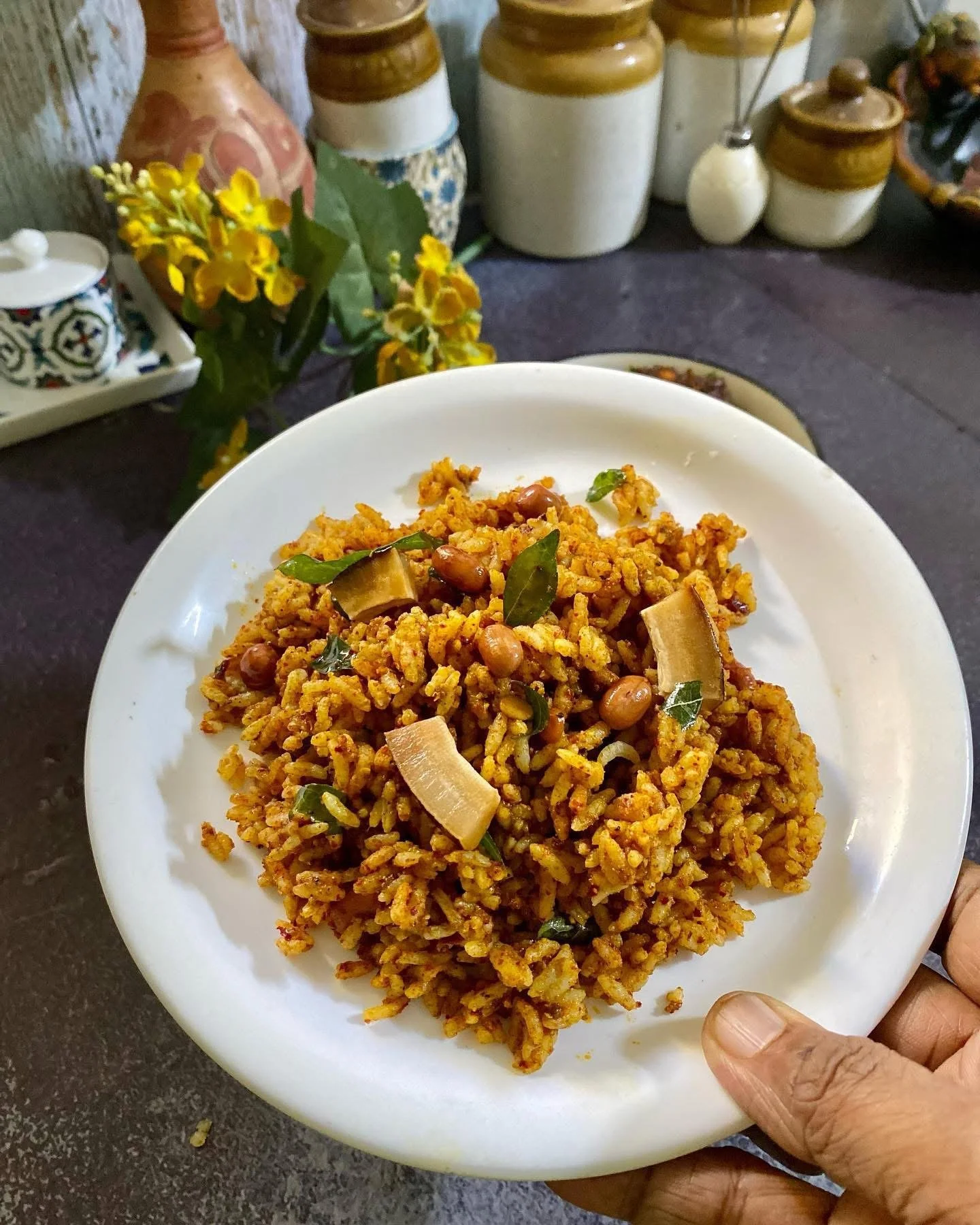
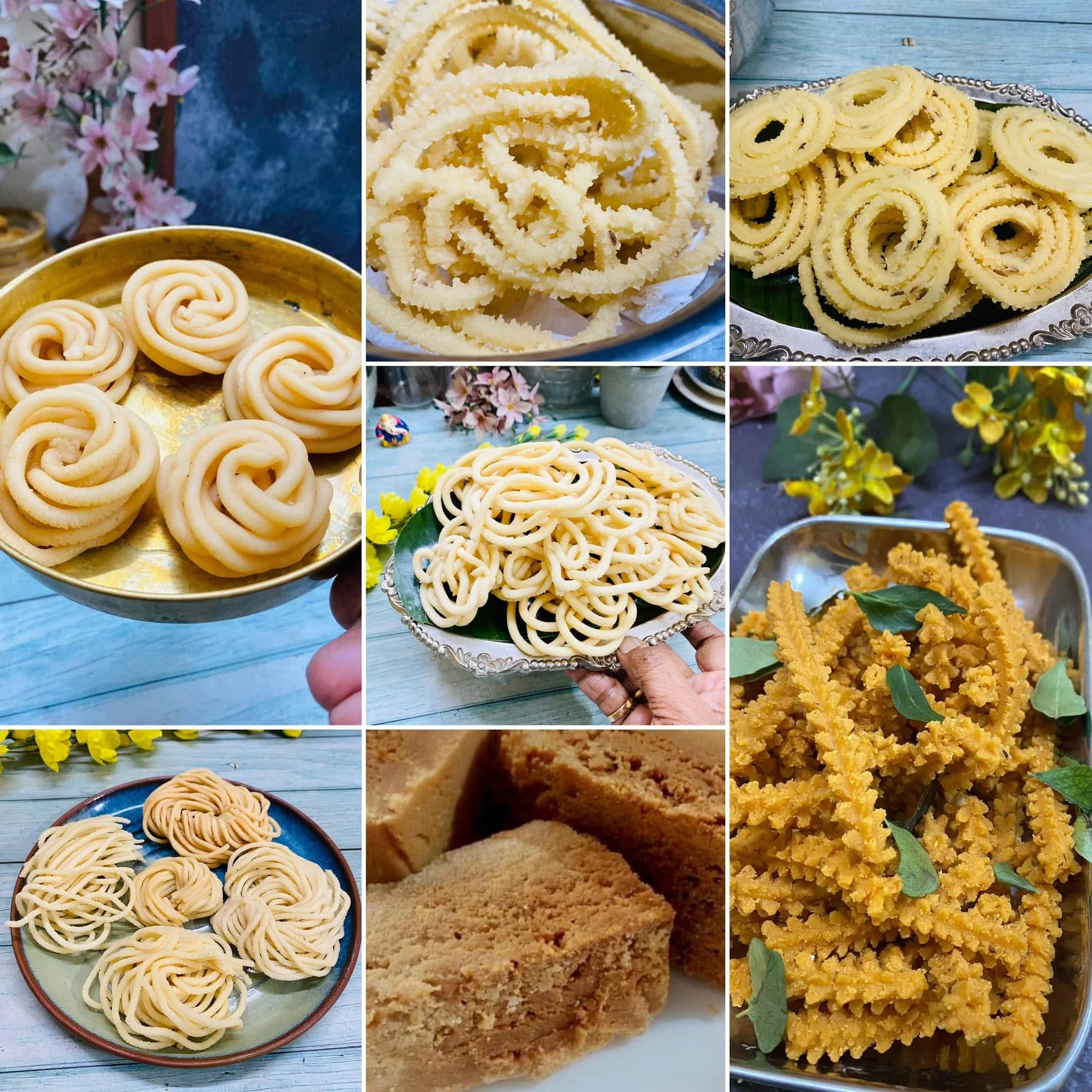
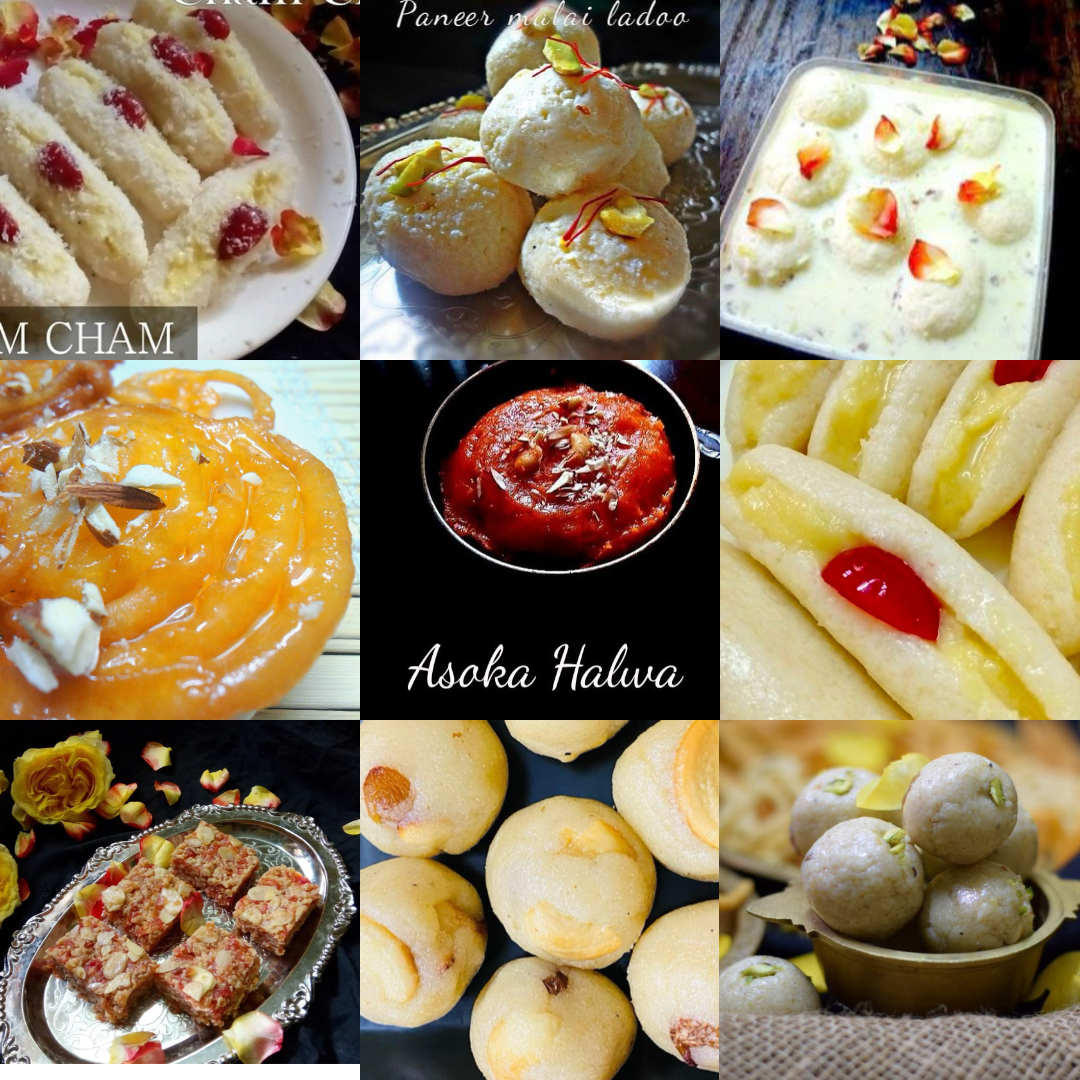
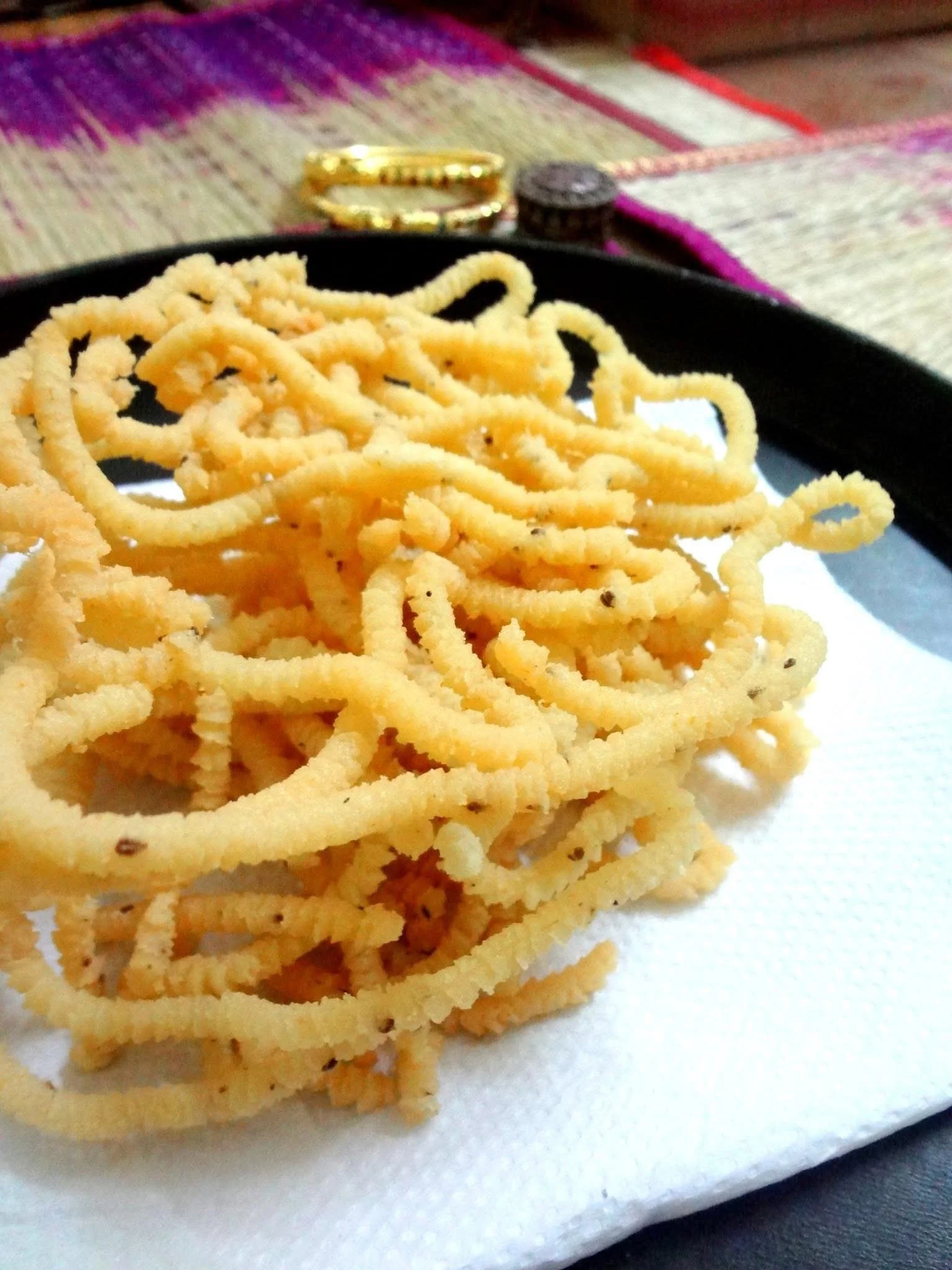

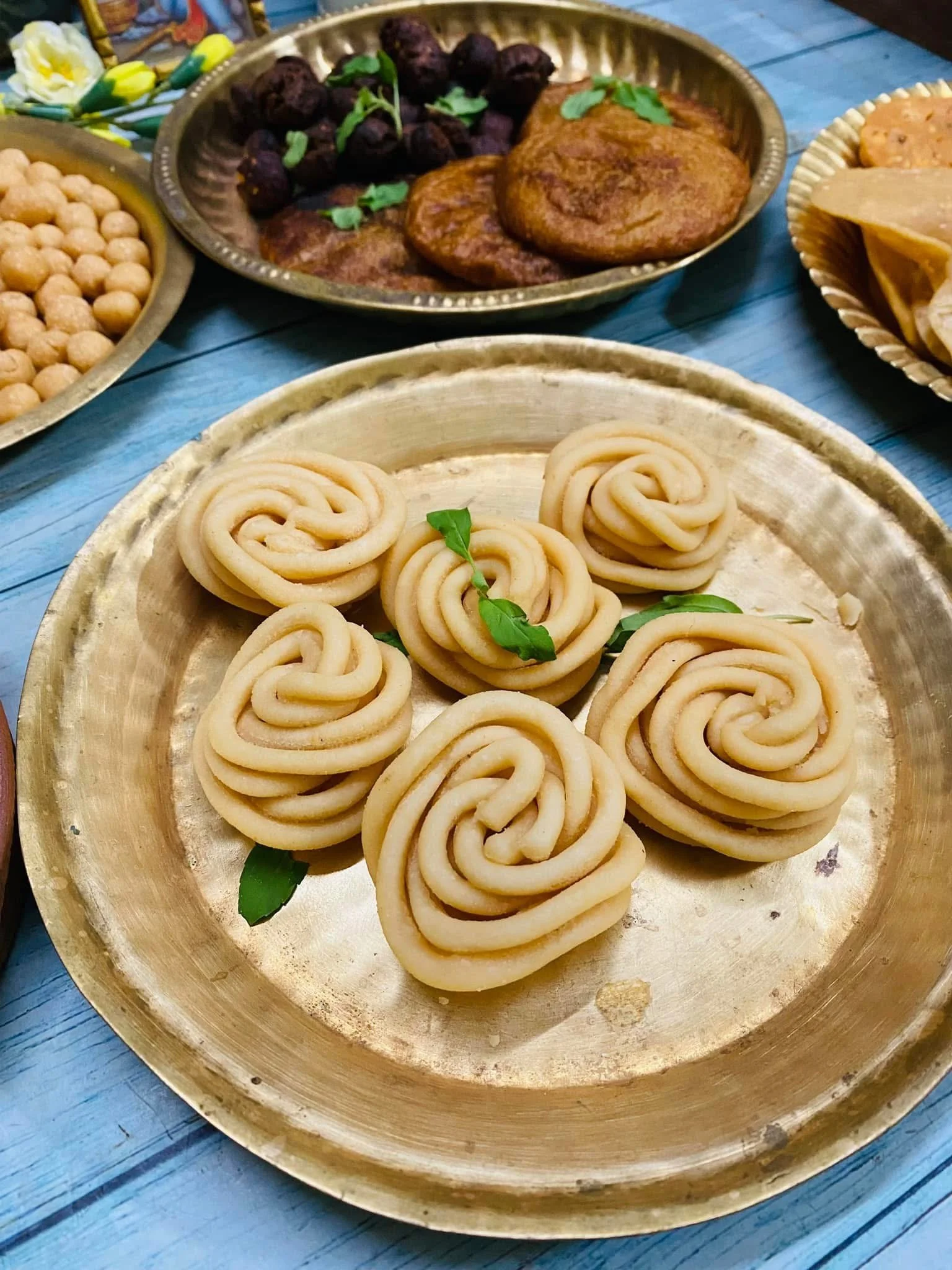


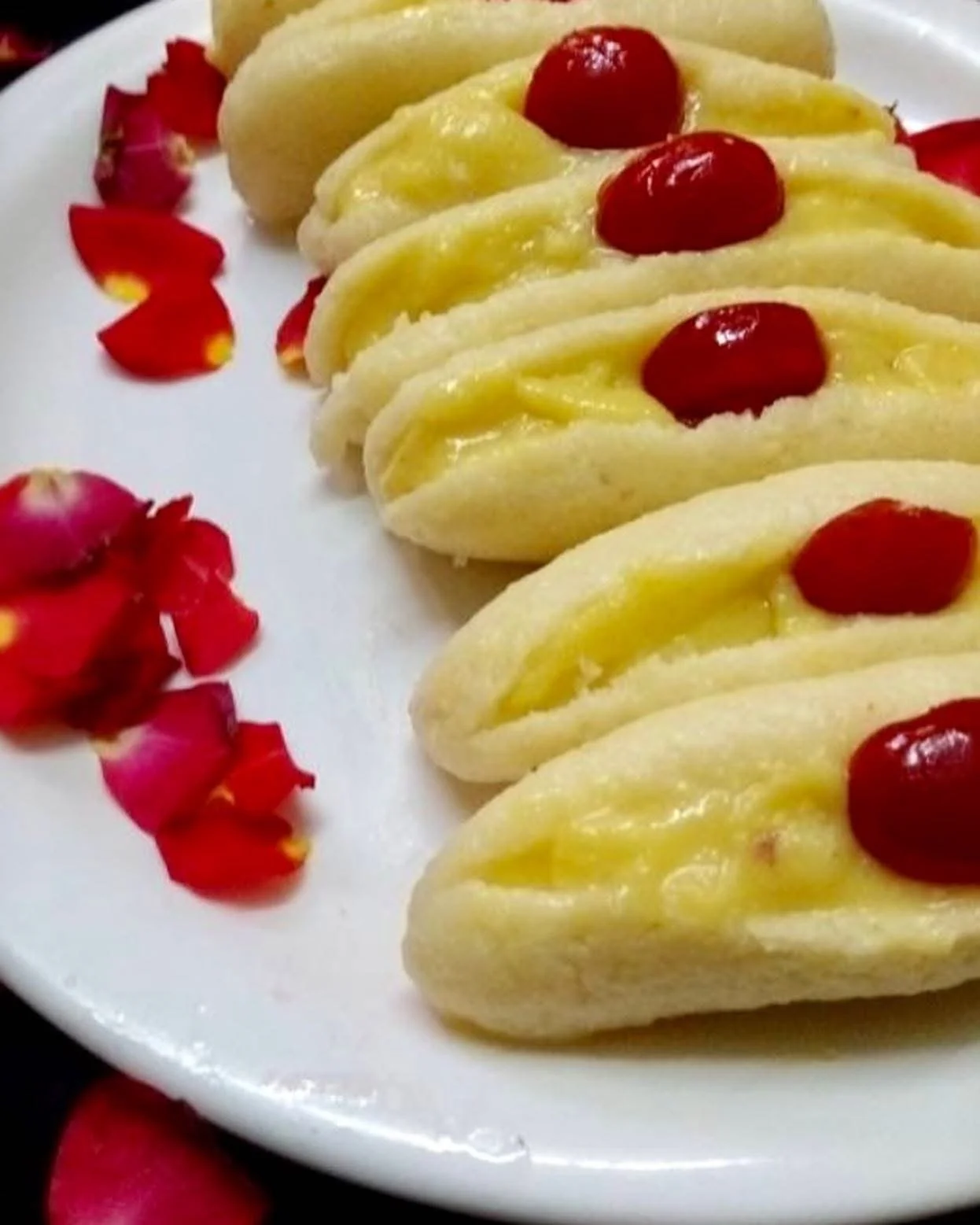








A fragrant South Indian rice dish made with coconut milk, whole spices and vegetables, Brinji sits beautifully between a pulao and biryani. Light, flavourful and gently aromatic, it’s perfect for weekday lunch boxes, small gatherings or a comforting weekend meal.